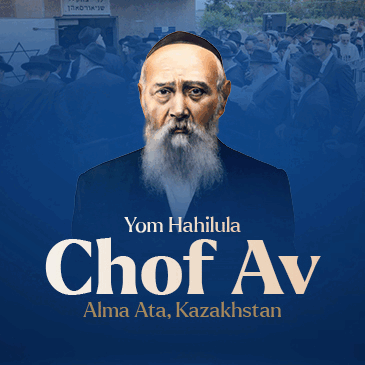NEW YORK, NY — There are 43 holidays this year (some overlapping) on which alternate side of the street parking is suspended in New York City — 10 days in October alone. Some are national (Independence Day). But most are religious. There are so many that — for the first time in anyone’s memory — four religious holiday parking days just happened in a row: the two days for Rosh Hashana on Tuesday and Wednesday and three days for Id al-Fitr, ending today.
The Varieties of Religious Parking
NEW YORK, NY — There are 43 holidays this year (some overlapping) on which alternate side of the street parking is suspended in New York City — 10 days in October alone. Some are national (Independence Day). But most are religious. There are so many that — for the first time in anyone’s memory — four religious holiday parking days just happened in a row: the two days for Rosh Hashana on Tuesday and Wednesday and three days for Id al-Fitr, ending today.
This proliferation of religious parking holidays is a result of a flare-up 40 years ago between Mayor John V. Lindsay and just about everyone else.
Before cars, there were horses. And horse parking wasn’t much of a sanitation issue in the city (though other horse issues were). But when cars arrived, the Sanitation Department complained that parked cars made “the cleaning of the streets a nightmarish procedure — backbreaking, dangerous and unsuccessful.” Streets back then were cluttered by “sodden leaves, yellowing newspapers, and decaying rubbish.” So alternate side of the street parking regulations started in 1951. They were suspended by the mayor for many holidays by administrative discretion (much like snow days now).
There were so many that in 1968, Mayor Lindsay announced that the only religious holiday (in additional to national holidays) on which the city would suspend the parking regulations was Christmas.
An immediate uproar prompted Mr. Lindsay, who had run with much Jewish support, to announce, the next day, that he would add Yom Kippur and Rosh Hashana.
Two days later, he reconsidered again and his office announced that it would be asking the Sanitation Department to issue a report looking at which holidays would qualify. “The action of the mayor makes it obvious that we can no longer rely on the discretion of the administration on these matters,” a miffed councilman said at the time.
So in 1970, Mayor Lindsay signed a law that suspended parking regulations on holidays, taking it out of administrative discretion. The initial list was Christmas, Yom Kippur, Rosh Hashana, Good Friday, the first two and last two days of Sukkot, Shavuot, the first two and last two days of Passover, and all state and national holidays.
Since then, the City Council has used the diversity of New York City to pile on the number of religious parking holidays. Everyone is for parking holidays except the Sanitation Department (which has to reassign workers to other tasks when cleaning is suspended).
In 1992, two three-day Muslim feasts (six days!), Id al-Fitr and Id al-Adha, were added to the list of 22 Jewish and Christian holidays.
Mayor Michael R. Bloomberg vetoed a bill to add parking holidays on Purim, Ash Wednesday and the Asian Lunar New Year in 2002. No matter, the Council overrode him.
In 2005, there was a squabble over Diwali, the Hindu festival of lights, which was also successfully added to the list.
Of the suspended days, 14 are Jewish holidays. But there is still a mother lode out there. Some Muslims have suggested that the rules should be suspended for the entire holy period of Ramadan: 30 days.
















C M
The more the better! How about YUD TES KISLEV?
Heck I would even celebrate YOM HAATZMAUT if it meant no alternate side parking!
Come on Muslims. Only six days? I’m sure you can give us more than that?
it should be twice a month!
nu… un vos iz geshen? gornisht!
kein yirbu!
lol to previous comment by CM.